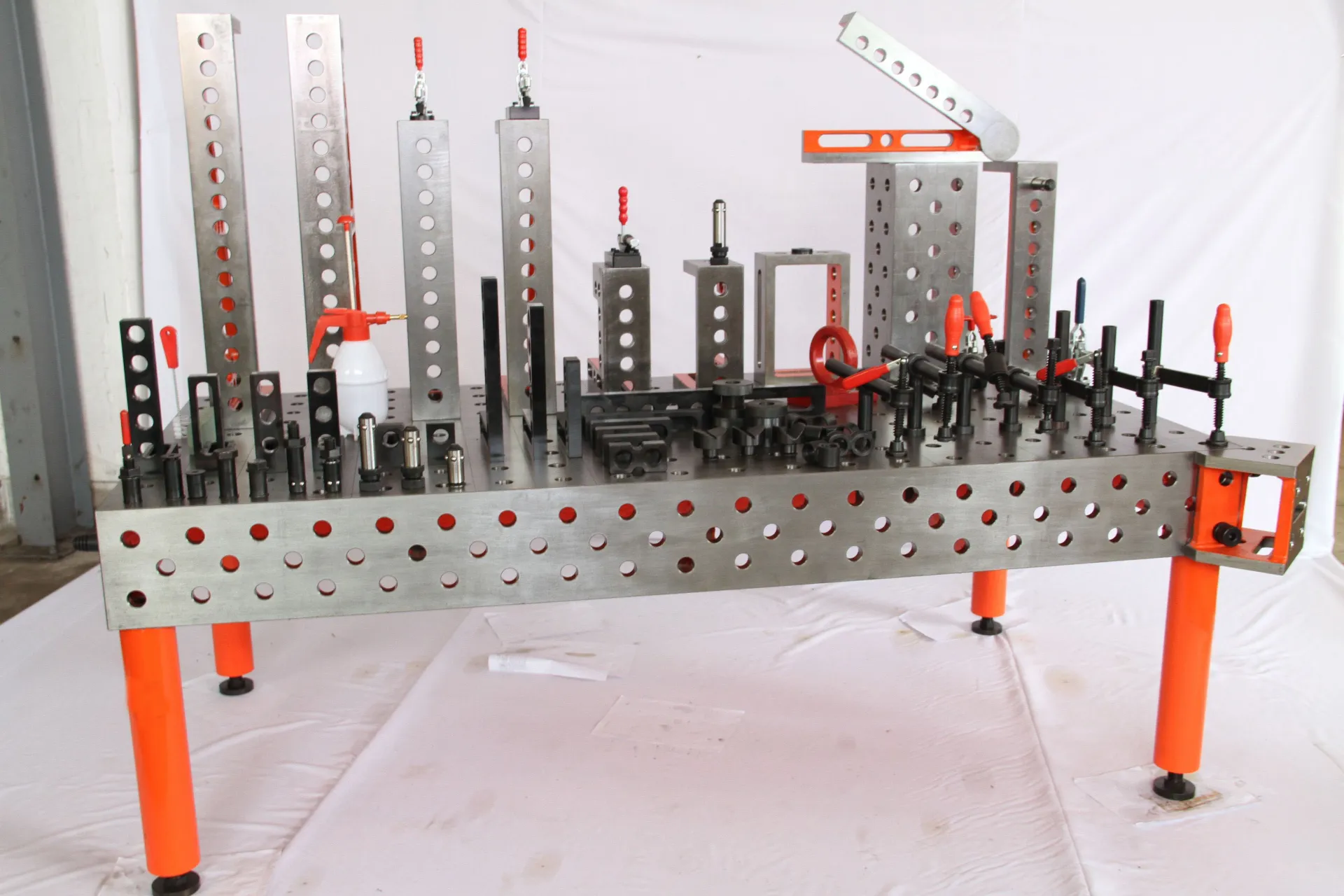Лис . 18, 2024 12:30 Back to list
Guide to Understanding Gas Line Check Valves and Their Importance in Safety
Understanding Gas Line Check Valves
Gas line check valves are essential components in various pipelines that transport gas, ensuring safety and efficiency in gas distribution systems. These valves play a crucial role by allowing gas to flow in one direction while preventing backflow. This article explores the importance of gas line check valves, their types, and maintenance tips to ensure optimal functionality.
Importance of Check Valves
The primary function of a check valve is to prevent the reverse flow of gas within a pipeline. Backflow can lead to hazardous situations, including gas leaks that pose a significant risk to both people and property. Gas line check valves act as a safety mechanism, ensuring that the gas flows only in the intended direction. This is especially critical in environments where gas needs to be directed to specific appliances or equipment without risking contamination or unwanted pressure buildup.
Types of Gas Line Check Valves
There are several types of check valves used in gas lines, each with its specific applications and advantages. The most common types include
1. Swing Check Valves These valves have a hinged disc that swings open to allow flow and closes when flow reverses. They are suitable for applications with low-pressure drops.
2. Lift Check Valves Instead of swinging, these valves have a disc that lifts off its seat when gas flows in the correct direction. Lift check valves are ideal for moderate pressure systems.
3. Ball Check Valves Utilizing a ball mechanism, these valves prevent backflow by using gravity to seat the ball against the valve opening when flow stops. They are effective in both horizontal and vertical installations.
gas line check valve

Each type of valve has unique features suited for different pipeline conditions and operational requirements.
Maintenance Tips
Maintaining gas line check valves is crucial for ensuring their longevity and functionality. Some essential maintenance tips include
- Regular Inspections Periodically inspect check valves for any signs of wear, corrosion, or damage. Regular checks can help identify potential issues before they become significant problems.
- Cleaning Ensure that the valves are clean and free from debris that could hinder their operation. Accumulated dirt can prevent proper sealing and lead to leaks.
- Lubrication If applicable, lubricate moving parts to facilitate smooth operation. This is particularly important for swing and lift check valves.
- Professional Servicing Engage a qualified technician for any repair or replacement needs. Given the potentially hazardous nature of gas, professional handling is vital for safety.
In conclusion, gas line check valves are integral to the safe transport of gas. Understanding their types and implementing proper maintenance practices can enhance their effectiveness, ensuring a reliable gas supply while prioritizing safety. Regular checks, combined with appropriate care, will help prevent accidents and maintain the overall integrity of the gas distribution system.
-
Why Metric Trapezoidal Thread is Ideal for Precision Motion ControlNewsAug.05,2025
-
The Unique Properties of a Block of Granite for Industrial UseNewsAug.05,2025
-
The Role of Flanged Y Strainers in Preventing Pipeline ClogsNewsAug.05,2025
-
The Importance of Regular Calibration for Master Ring GagesNewsAug.05,2025
-
How a Cast Iron Surface Table Enhances Accuracy in ManufacturingNewsAug.05,2025
-
Comparing Different Check Valve Types for Optimal Flow ControlNewsAug.05,2025
Related PRODUCTS









